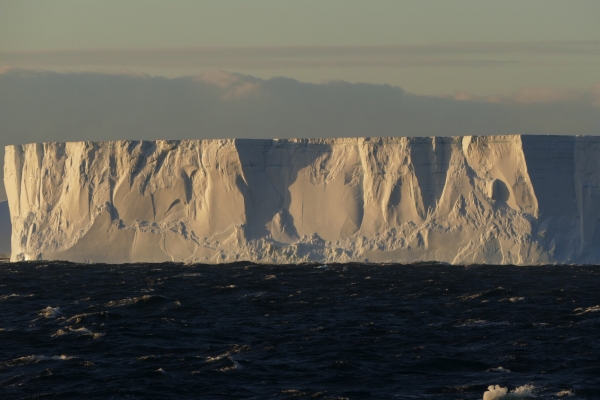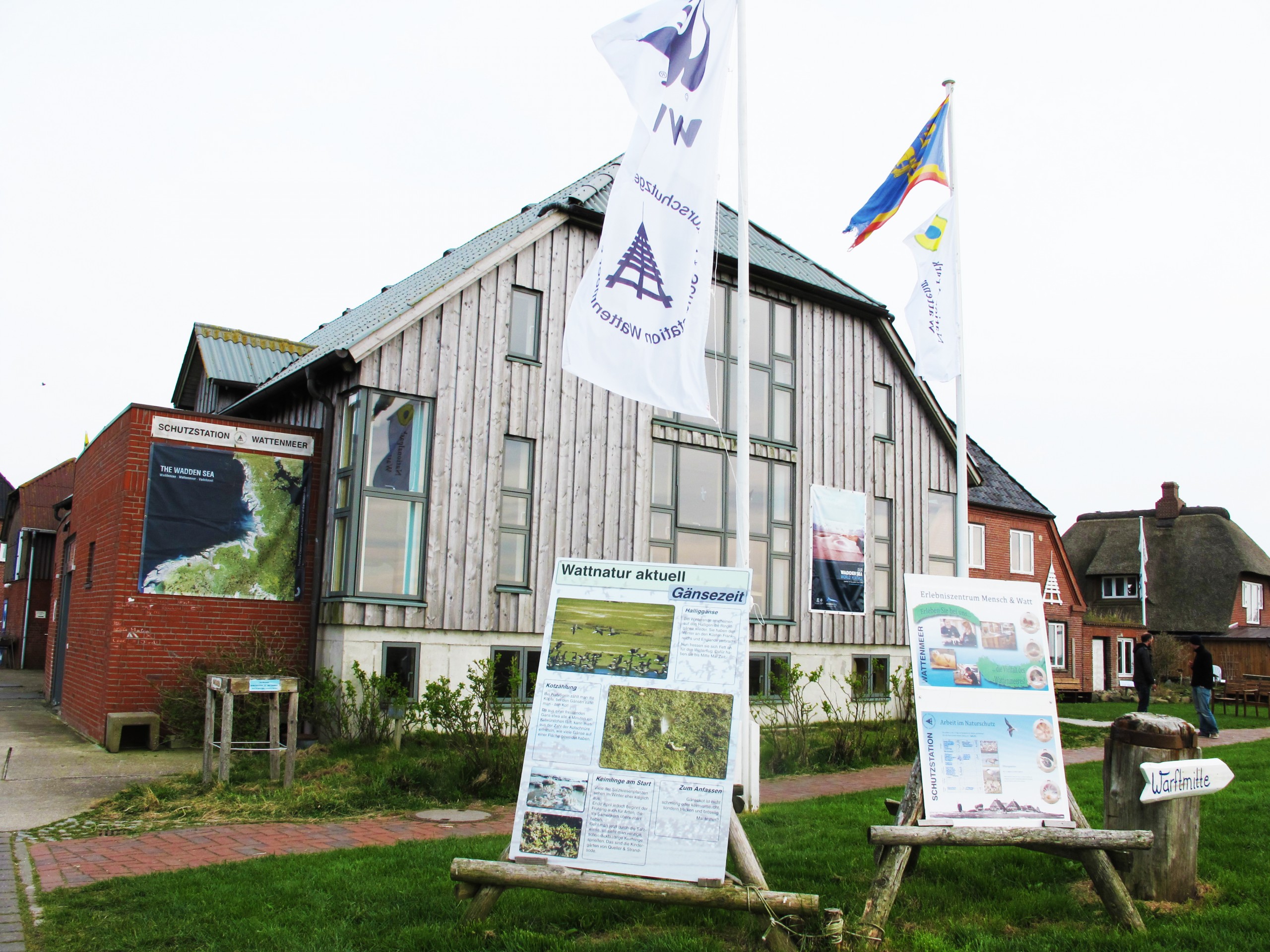

The Schutzstation Wattenmeer was founded in 1962. At that time it was the first NGO in the Wadden Sea region which combined the traditional idea of nature conservation with guiding tourists and educating them about the value of the internationally important tidal flats and other natural features of the Schleswig-Holstein Wadden Sea. Today the Schutzstation is the leading NGO in the Wadden Sea with more than 8.000 public events per year and more than 350.000 people per year reached through events, educative excursions, exhibitions and other activities. The fact that over the years millions of visitors to the Wadden Sea were educated about the values and protection needs of the area certainly had a significant impact for achieving its status of national park and World Heritage site. The NGO is linking tourism and conservation and thereby is an own clear LT&C-Example within the LT&C-Example International Wadden Sea (NL/D/DK).
The International Wadden Sea of the Netherlands, Germany and Denmark is the largest unbroken system of intertidal sand and mudflats in the world, with natural processes undisturbed throughout most of the area. It encompasses a multitude of transitional zones between the land, sea and freshwater environment, and is rich in species specially adapted to the demanding environmental conditions. It is considered one of the most important areas for migratory birds in the world, in particular for Arctic shore- and water birds migrating along the East Atlantic Flyway. Up to 6.1 million birds can be present at the same time, and an average of 10 to 12 million birds pass through it each year.
That the entire Wadden Sea, today has the status of national parks, other types of protected areas, and got even designated by UNESCO as World Heritage has much to do with the educational and political work the Schutzstation Wattenmeer has been engaged in within the Schleswig-Holstein part of the Wadden Sea. Already since 1962, the organisation lobbied for protecting significant parts of the North-Friesian Wadden by launching the idea of a “Großreservat Halligmeer”. And since 1972 the organisation involved tourists in a campaign for a national park. This goal finally has been reached in 1985 with the establishment of the Nationalpark Schleswig-Holsteinisches Wattenmeer. And that success story had much to do with a cooperative movement of several NGOs (“Aktionsgemeinschaft Nordseewatten”; AGN) against the last embankments of the Schleswig-Holstein Wadden Sea. The Schutzstation did play an essential role in the political battle of the AGN. And its many years’ education work with teaching millions of tourists about the universal value of the wetland with its tidal flats and salt marshes had laid the ground for the historical value change of treating the Wadden Sea no longer as potential agriculture land but as one of the most important natural regions in Europe deserving highest status of protection.
Today the Schutzstation Wattenmeer with its 17 information- and education centres is continuing and increasing the positive conservation impact of tourism on the further development of the Schleswig-Holstein Wadden Sea National Park. With its staff and voluntary rangers, together more than 100 highly motivated people, it is officially contracted by the national park authorities with several monitoring and conservation tasks. As the income of the Schutzstation is largely raised from tourists, it is valid to state that through the work of the NGO tourism is also supporting the conservation work financially.
Therefore, the Schutzstation Wattenmeer is an outstanding LT&C-Example, where tourism has supported financially, politically and most importantly by ways of education the establishment of the Schleswig-Holstein Wadden Sea National Park. And today the NGO is further facilitating and managing educational, political and financial support of tourism for the conservation work and development of the protection of the Wadden Sea.
The Schutstation Wattenmeer has much potential to spread the positive impact of tourism through its work and in cooperation with other organisations and institutions increasingly to the entire international Wadden Sea. The strategy for “Sustainable Tourism in the Wadden Sea World Heritage Destination” could serve as a common frame for such development. To relate more clearly to the Sustainable Development Goals (SDGs) and set own examples of supporting SDG targets through the design and work of its education centres will be another way of more international outreach and impact. Direct collaboration with international organisations in the field of nature conservation and sustainable tourism, such as LT&C, may make the regional example contributing even more to global goals.
Today many initiatives in the world aiming to create or develop protected areas are facing similar challenges as the Schutzstation Wattenmeer 50 years ago. Combining nature conservation and tourism can be a solution and successful strategy, which in many cases has the potential to produce win-win results. Important is to find and keep a balance of avoiding overtourism with all its negative impacts on the environment but achieving positive impacts by promoting conservation supporting forms of tourism.
The Schutzstation is very keen to assist other NGOs and tourism enterprises in their way to combine nature conservation, local people’s and tourism interests.
During recent years, different people and institutions have build up partnerships and exchanges with another region with extensive tidal flats internationally important for Arctic shorebirds: the Yellow Sea of China and the Koreas. Many experiences from the Wadden Sea could probably be “exported” to the Yellow Sea when it comes to achieving also World Heritage status there. Also along the East Atlantic Flyway of coastal birds, more cooperation and exchange of experiences could be reached with other important tidal flat areas such as those on the African West coast.
© Linking Tourism & Conservation (LT&C) 2019
We are grateful that you support the work and mission of LT&C! We accept donations through Credit Card, PayPal or international bank transfer:

Donate through Credit Card
Please click the Donate button and then choose your PayPal account
Bank details:
Cultura Sparebank
Pb. 6800, St. Olavs plass
N-0130 Oslo
Name: Linking Tourism & Conservation,
Account no.: 1254 05 95168
IBAN: NO8712540595168
BIC/SWIFT: CULTNOK1
Routing BIC: DNBANOKK
Please mark payments with your name and/or email address
Sign up for an LT&C membership by filling in the details below.
Would you like your LT&C-Example/Initiative to be listed on our website? Please fill in the form below.